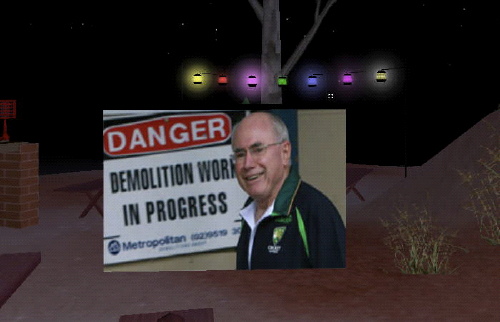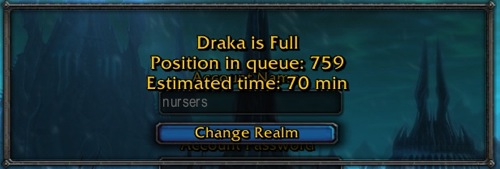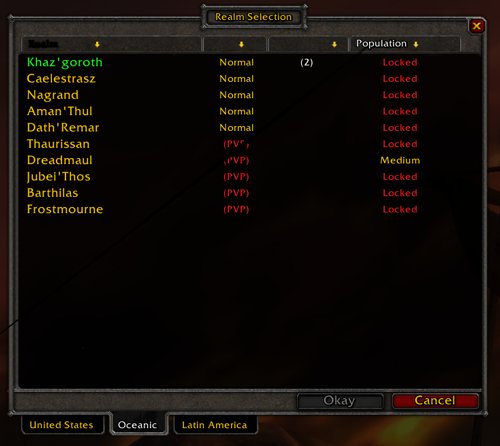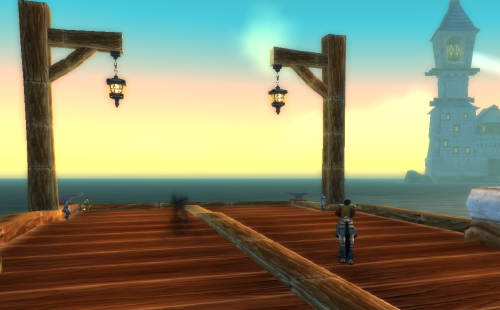It’s coming up to a year since the change of Federal government in Australia. In Second Life, there was an election night party.

At the time there was lots of excited talk about the ALP’s broadband policy and the promise it may bring – there is progress on that front but it’s fraught with problems. Then there’s the internet censorship issue bubbling along. All in all, Communications Minister Stephen Conroy hasn’t shone in his role to date. There’s a real perception that we’ve got a government with 20th Century views on some distinctly 21st Century challenges.
In the year since that Second Life election party, there’s been zero interest by either political party in virtual worlds. There’s certainly been significant forays by both sides into social networking via YouTube, Twitter and Facebook. The US presidential primaries this year saw Second Life play a role, and Barack Obama’s supporters kept that going through the campaign itself. Kevin Rudd and Malcolm Turnbull have obvously been watching the US Democrats’ online campaigning efforts, but there’s no inkling of a virtual world foray at this stage.
We’ve previously queried our pollies on their thoughts with no response – it appears that the current Minister is no more cognisant of the opportunities and challenges than his predecessor.




Recent Comments